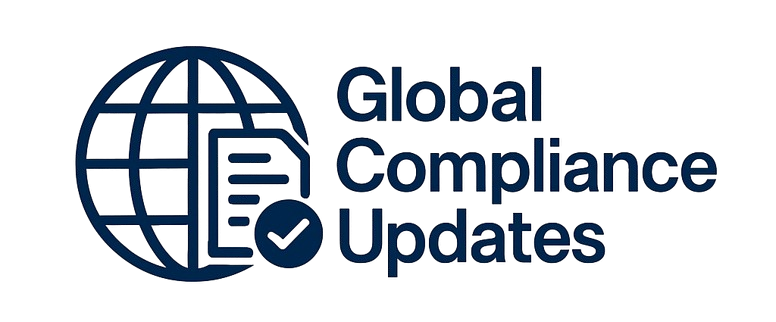Some companies think that employee retention is an “HR issue.” After all, HR is responsible for recruiting, onboarding, performance management and talent development, so when people leave it must be HR’s fault, right? Here’s the truth: Retention isn’t solely HR’s job. This program will discuss what drives turnover in today’s full employment market, what to do about it, and who owns the responsibility. (more details below)
WHY SHOULD YOU ATTEND?
HR isn’t to blame for turnover. Savvy organizations and HR professionals already know this. But even those organizations have a difficult time bridging the gap between recognizing the problem and doing something that solves it.
This webinar will show you exactly what to do about it.
In this session you will learn what drives today’s turnover of top talent, solutions that are working and how to place the responsibility for employee tenure squarely on the shoulders of those involved, including direct supervisors and managers. And you’ll learn how to help the leaders in your organization predict and prevent turnover.
The end result? Turnover goes down because the right people, who can actually do something to improve retention, know WHAT to do and are accountable.
LEARNING OBJECTIVES
In this webinar, you will learn:
- The factors driving employee mobility and turnover in today’s full employment market
- The top five most impactful solutions
- The role of direct supervisors, managers and HR as partners
- How to empower each manager at your company to “own” their team’s retention
- How to gain executive support for the “we own turnover” approach
- Techniques for managers and supervisors to talk candidly with employees about retention
- A proven blueprint for reducing turnover that your managers can use immediately
WHO WILL BENEFIT?
HR Managers and all functional line managers in any business:
- CEO's
- VP's
- Middle Managers and Supervisors
HR isn’t to blame for turnover. Savvy organizations and HR professionals already know this. But even those organizations have a difficult time bridging the gap between recognizing the problem and doing something that solves it.
This webinar will show you exactly what to do about it.
In this session you will learn what drives today’s turnover of top talent, solutions that are working and how to place the responsibility for employee tenure squarely on the shoulders of those involved, including direct supervisors and managers. And you’ll learn how to help the leaders in your organization predict and prevent turnover.
The end result? Turnover goes down because the right people, who can actually do something to improve retention, know WHAT to do and are accountable.
In this webinar, you will learn:
- The factors driving employee mobility and turnover in today’s full employment market
- The top five most impactful solutions
- The role of direct supervisors, managers and HR as partners
- How to empower each manager at your company to “own” their team’s retention
- How to gain executive support for the “we own turnover” approach
- Techniques for managers and supervisors to talk candidly with employees about retention
- A proven blueprint for reducing turnover that your managers can use immediately
HR Managers and all functional line managers in any business:
- CEO's
- VP's
- Middle Managers and Supervisors
Speaker Profile
 Dr. B. Lynn Ware
Dr. B. Lynn Ware
Dr. Ware is an Industrial/Organizational Psychologist and CEO of Integral Talent Systems, Inc. (ITS)ITS is a global technology enabled talent management consulting firm specializing in bringing the science of talent management to the bottom line.ITS is a pioneer in the field of attracting and retaining top talent, as the company was the first consulting firm dedicated to this workplace issue that began emerging in the U.S. during 1996 and has since become a global concern.Dr. Ware is frequently engaged with corporate clients to provide guidance on how to create “employer of choice” environments, so that they can attract and keep the best talent in their respective industries.ITS provides this guidance …
Upcoming Webinars

ChatGPT and Project Management: Leveraging AI for Project M…

Workplace Investigations 101: How to Conduct your Investiga…

Project Management for administrative professionals

The Monte Carlo Simulations in Excel for Risky Investments

Onboarding is NOT Orientation - How to Improve the New Empl…

Dealing With Difficult People: At Work & In Life

Transform Data into Insights: A Beginners Guide to Excel Pi…

Construction Lending And Real Credit Administration: Evalua…

Understanding Accounting for non - Accounting professionals

Harassment, Bullying, Gossip, Confrontational and Disruptiv…

New Form 1099 Reporting Requirements: 2025 Compliance Update

Human Error Reduction Techniques for Floor Supervisors

HR Metrics and Analytics 2025 - Update on Strategic Plannin…

Treating Employees Like Adults: Discipline versus Empowerme…

7 Ways To Beat Burnout: Without Quitting Your Job


How to Write Procedures to Avoid Human Errors

Handbook Overhaul 2026: Compliance, OBBB Act & Beyond

FDA Proposes Framework to Advance Credibility of AI Models

Ethical Terminations: Navigating Employee Exits with Legal …

Understanding EBITDA – Definition, Formula & Calculation

Project Management for Non-Project Managers - Scheduling yo…

4-Hour Virtual Seminar on Hidden Secrets of Selling & Marke…

Validation Statistics for Non-Statisticians

Data Integrity and Privacy: Compliance with 21 CFR Part 11,…


The Alphabet Soup: When the FMLA, ADA, COBRA, and Workers' …

Talent Management: How to Leverage AI and ChatGPT Tools for…


Offboarding with Care: Conducting Legal & Ethical Employee …

2-Hour Virtual Seminar on How to Conduct an Internal Harass…

Payments Fraud Detect & Prevent Check, ACH and P-Card Schem…

Managing Toxic & Other Employees Who have Attitude Issues



Reduce Stress in the Workplace: Effective Ways to Handle Co…





Excel - Pivot Tables - The Key To Modern Data Analysis and …
